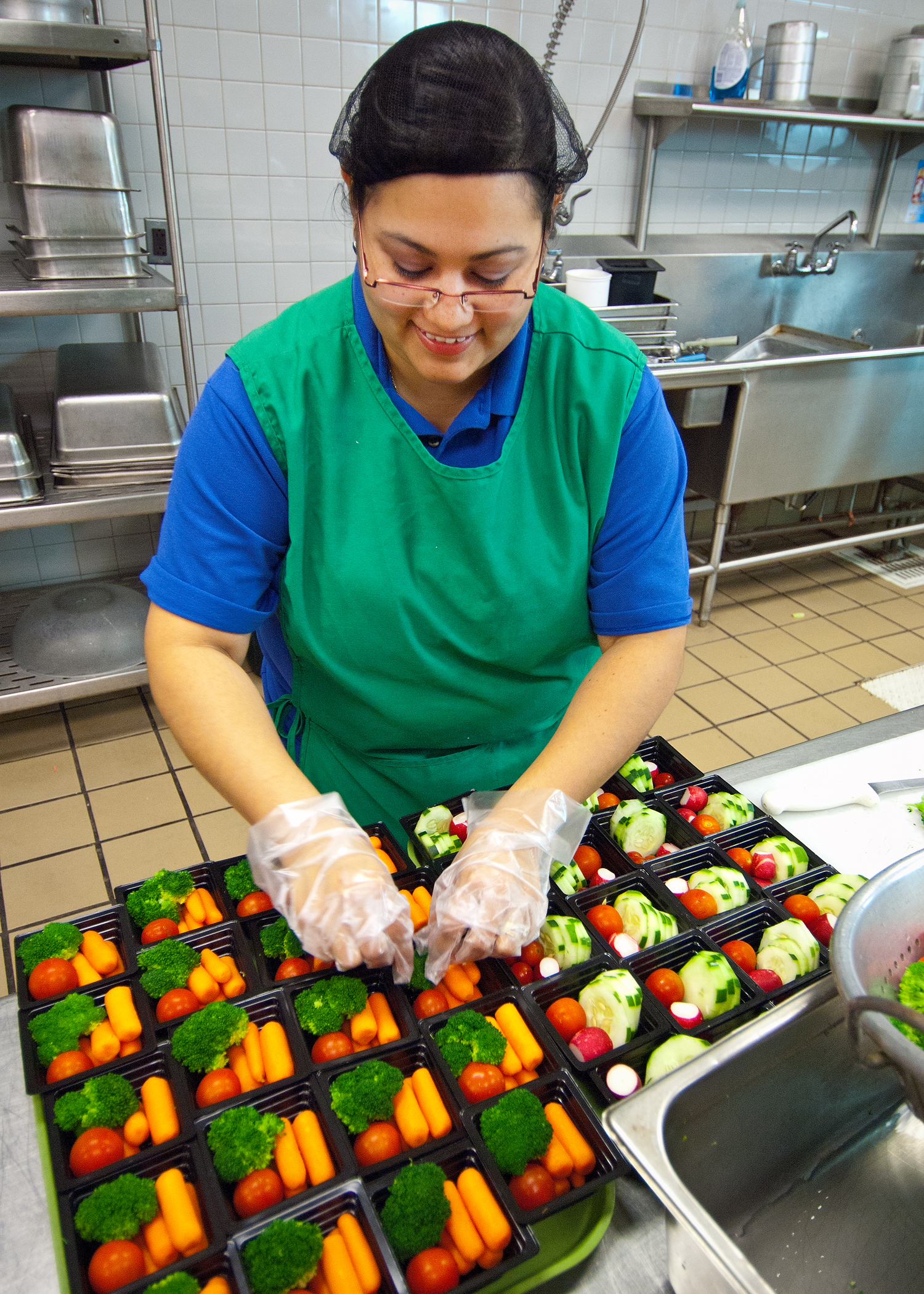 The average school lunch price for elementary students is $1.93 and $2.20 for a high school meal1. This is a very small price to pay if you consider everything it must cover. It is a common misconception that the school lunch program comes out of the school budget paid which is paid in part by local tax dollars. However, school lunch programs are actually self-operating businesses within the school that receive some supplement from the federal government.
The average school lunch price for elementary students is $1.93 and $2.20 for a high school meal1. This is a very small price to pay if you consider everything it must cover. It is a common misconception that the school lunch program comes out of the school budget paid which is paid in part by local tax dollars. However, school lunch programs are actually self-operating businesses within the school that receive some supplement from the federal government.
The National School Lunch Program is a federally funded program through the USDA. The USDA provides monetary subsidies for each reimbursable meal served. The amount of money subsidized depends on the income level of the student’s family. Students whose families are at or below 130% of the poverty level receive a free meal. Any student whose family falls between 130- 185% of the poverty level are eligible for a reduced price lunch that can not exceed 40 cents. The school receives $2.86 for each free meal served, $2.46 for every free lunch and .26 cents for every lunch that is full price.
The price of lunch must cover all of the expenses to sustain the school lunch program. Lunch costs pay the salaries and retirement of the workers, any repairs that must be done to cafeteria equipment, chemicals necessary for cleaning and sanitation and of course a healthy meal that contains a protein, grain, milk, fruit and vegetable. With the rising food costs and the new regulations requiring more whole grains, fruits and vegetables, it is amazing what food service directors can do with $2.86!
Contributor
Leah Fedrizzi, Cornell Cooperative Extension of Wayne County
Sources
Michelle M., Klampe . The Press-Enterprise , ” Cost of school lunches keeps rising.” Last modified January 22, 2012. Accessed June 11, 2013.
United States Department of Agriculture , “National School Lunch Program Factsheet.” Accessed June 11, 2013.
